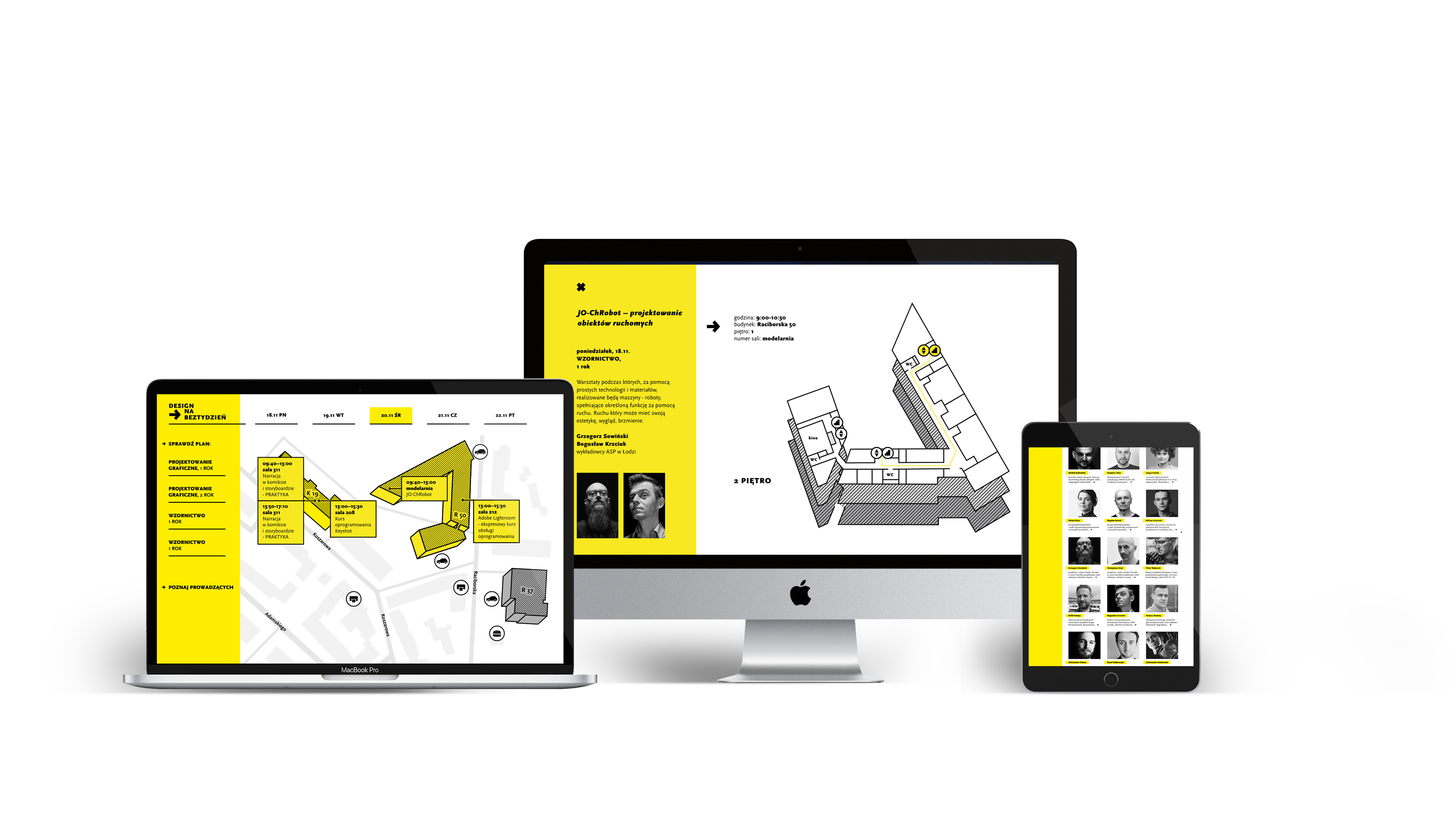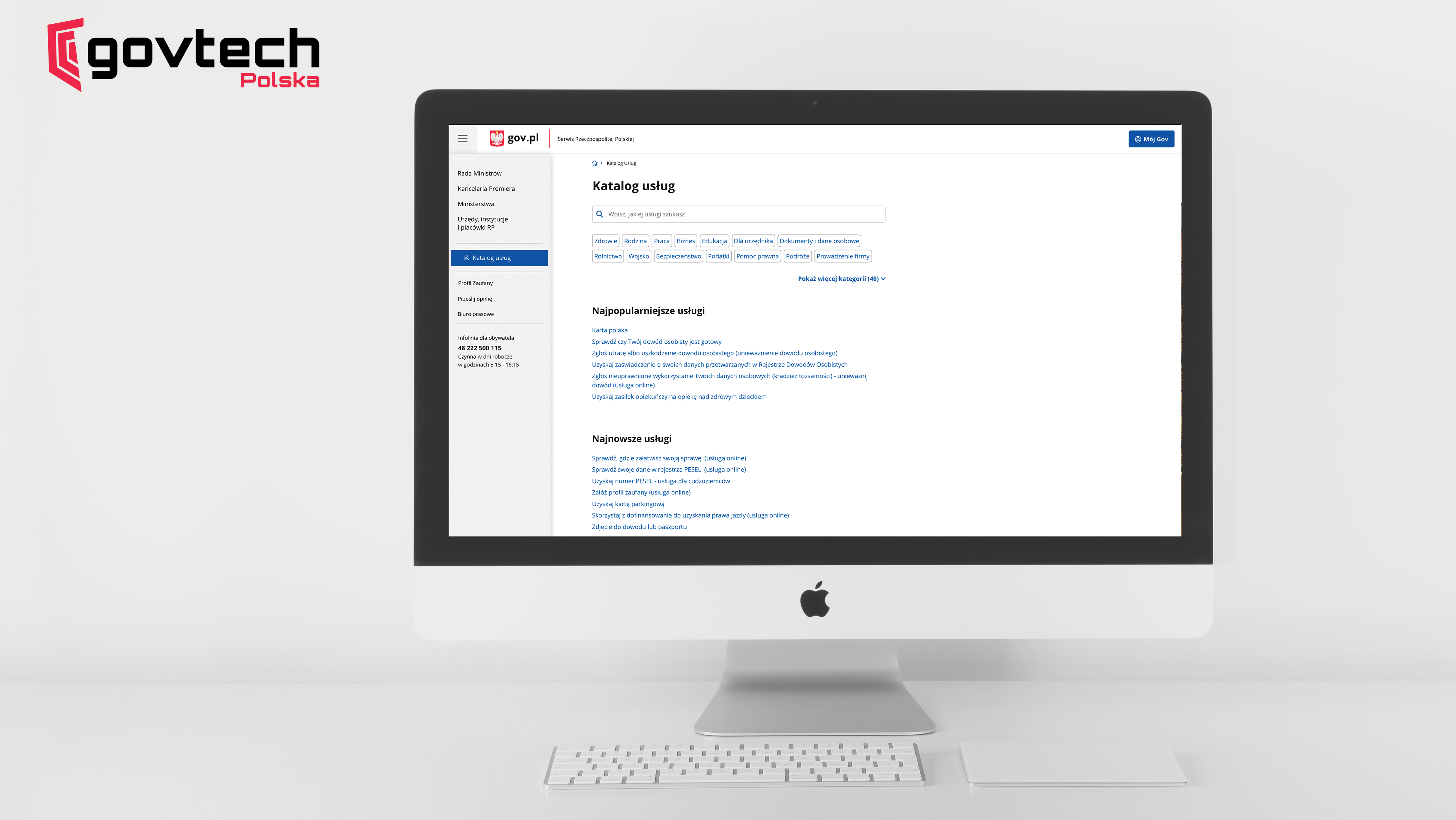The website that the research project was conducted does not exist anymore. The research was done in 2021. The current version of the page https://wfp.asp.krakow.pl/
usability tests | IN-DEPTH INTERVIEWS | CARD SORTING
User Experience Research on the Department of Design website
Hypothesis
The way the information is organized and classified on the site, and the way the categories are named is incomprehensible to the user contributing to a higher frequency of errors and increasing the time spent on the site.
Goal
1. To find out how users understand the language of the labeled elements on the site (the meaning of the different terms) and how they categorize the information.
2. To assess how the way information is organized on the site and its naming affects the process of searching for it.
Methods
Usability tests with think out loud protocol
In-depth interviews
Card sorting
Respondents
10 users for card sorting
5 users for usability tests
Analysis of the webpage
First, I analyzed the goals of the portal, its design and the audience that uses it.
Graph of IA
I analyzed and created visual graph of information architecture of the webpage, which served the purpose of user tests and card sorting.
Usability tests scenario and Card Sorting
The usability testing scenario had 3 tasks of finding various information on the site. I used Optimal Workshop for card sorting.
Usability tests graf
5 users were tasked with finding various pieces of information on the site and I examined the patterns in their behavior. Test used the think out loud protocol, that allowed me to understand deeper their way of thinking and behaving.
Graphing users’ flows minute by minute allowed me for profound analysis, comparison of the results, making comments and drawing the conclusions.
Card Sorting Results
Another group of respondents were asked to complete card sorting task. The results of card sorting were compared with existing architecture. 13 out of 30 categories were aligned differently from the site’s original information architecture.
Conclusions
Based on usability tests and card sorting, the hypothesis was confirmed. The research showed that the way information is organized on the site and its linguistically imprecise classification affect the quality of usage of the site. The graph shows the connections and associations that the respondents were guided by.





